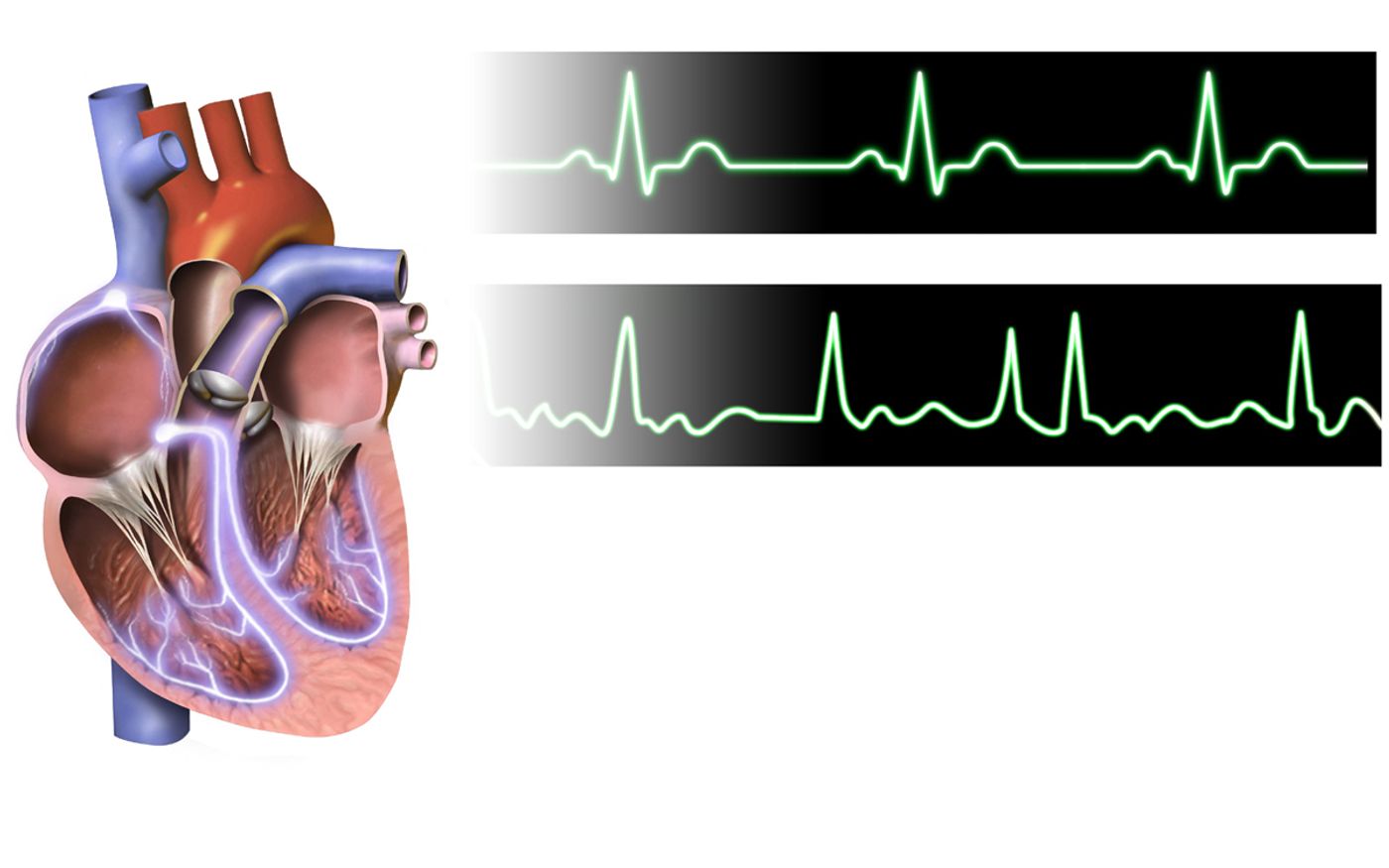Four RNA Molecules that Predict an Irregular Heartbeat
Atrial fibrillation (AF), an irregular heartbeat, often goes unnoticed until the affected person has a stroke. Scientists are interested in identifying a better way to detect AF so they can help prevent stroke and other consequences of this condition. A new discovery from Tokyo Medical and Dental University offers a solution.
In their new study, Tokyo Medical and Dental University researchers identified four novel microRNA (miRNA) molecules in the bloodstream that are potentially predictive of AF, an irregular heartbeat that can lead to blood clots, stroke, heart failure, and other heart problems. As AF develops, the upper chambers of the heart beat irregularly as they pump blood into the lower chambers.
Nearly three million Americans are affected by AF, and 15 to 20 percent of people with strokes also have AF. Treatment includes controlling the heart’s rhythm and the heart rate, preventing blood clots, and managing risk factors for stroke: aging, high blood pressure, diabetes, smoking, obesity, and more. AF often goes undetected until a person has a stroke.
Scientists began their study knowing the miRNAs had been associated with the development of AF before, but no one could explain the link. miRNAs are small, non-coding RNA molecules that regulate gene expression after transcription. They were originally discovered in the 90s and are found in most eukaryotes. miRNAs account for up to five percent of the human genome and regulate at least 30 percent of all protein-coding genes. They were thought to be potential biomarkers for heart disease because of their stability in the bloodstream.
To find out if miRNAs could be a reliable biomarker for AF, researchers conducted a comparison of miRNA expression in AF patients and healthy individuals, as well as between control mice and mice with an irregular heartbeat similar to human AF. Human and mice samples were tested for 733 and 672 miRNAs respectively.
Researchers successfully identified four unique miRNAs that were significantly upregulated in the serum of AF patients and mice with an irregular heartbeat. They want to conduct further studies to elucidate the relationship between miRNAs and AF.
"The same two miRNAs showed increased expression in a subset of patients with intermittent AF and another subset with chronic AF," explained corresponding author Tetsuo Sasano. "The increases were in comparison both with healthy controls of the same age and young healthy controls, suggesting these miRNAs may predict AF regardless of the age of the individual."
The present study was published in the Circulation Journal.
Sources: American Heart Association, Current Genomics, Tokyo Medical and Dental University









